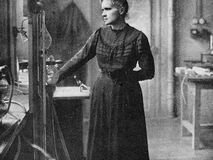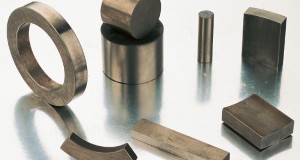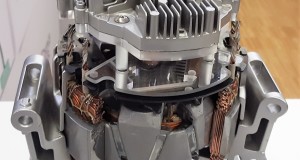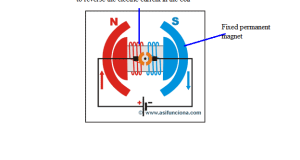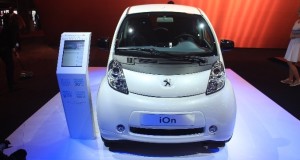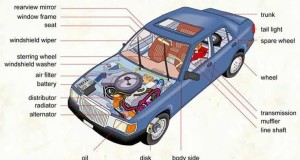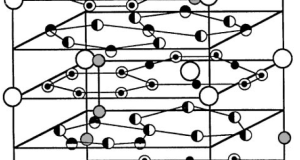AUTHOR: Gwen Bailey Even at the completion of our soft skill training last month on “Gender Issues in Science,” there is still a lot of discussion among the Early Stage Researchers (ESRs) about how to get women more involved in ...
Read More »Author Archives: Gwendolyn Bailey
Public policy intervention for charging infrastructure of Electric Vehicles (EVs) and Hybrid Electric Vehicles (HEVs)
AUTHOR: Pranshu Upadhayay Element#1– In recent times, the one word which is heard most in development economics, climate change discussions and invention platforms is “Sustainable”. A simple internet search for its definition reveals that ‘anything that is able to be ...
Read More »SmCo magnets: What is the role?
AUTHOR: Simona Sobekova The current utilization rate Electric automobiles make up the biggest part of industrial applications for permanent magnets. When one speaks about permanent magnets in electric vehicles, one should picture a very strong magnet based on NdFeB or ...
Read More »ROMEO at Automotive Tech Days
On November 4th, the region of Auvergne-Rhone-Alpes organized it’s 3rd edition of “Automotive Techdays” where 40 innovative projects were presented by 40 R+D Directors, European Market Directors, as well as some 150 VIPs. Because the automobile manufacturers are interested in ...
Read More »The function of permanent magnets in some industrial devices
AUTHOR: Anas Eldosouky Permanent magnets are those which create their own persistent magnetic field when magnetized by an external magnetic field. The function of permanent magnets in different appliances and instruments is usually one of the following: to convert mechanical energy ...
Read More »HAPPY BIRTHDAY MSCA!
AUTHOR: Martina Orefice Report from the 20 Years of Marie Skłodowska Curie Actions Brussels, 29 November 2016. Hotel Plaza, Boulevard Adolphe Max 118. We are in the baroque-decorated theatre of a 4 stars hotel in Brussels, the capital of Belgium ...
Read More »2016 Paris Motor Show – Let’s electrify the future continued…
AUTHOR: Ziwei Li After the overview of powertrain configurations, let’s only focus on motor techniques. Here several typical permanent magnet motors are discussed. Figure 13 shows a PM synchronous motor as well as generator from Aisin. From the outward appearance, ...
Read More »2016 Paris Motor Show – Let’s electrify the future!
AUTHOR: Ziwei Li The Paris motor show is the oldest vehicle exhibition in the world. It has been an important wind vane for automotive industry since 1898. This year, many automotive companies displayed their new models and technologies as usual. ...
Read More »How many electric motors are in a Car?
AUTHOR: PRANSHU UPADHAYAY This question is quite analogous to “How many bones are there in a human body?”. As a human body cannot function without bones, a car needs many electric motors to operate several functions for it to drive ...
Read More »An introduction of rare-earth nitride magnets
AUTHOR: XUAN XU The magnetic states of most rare-earth monopnictides have been known for decades; many of these studies were completed in the 1960s. The heavier pnictides were found to be antiferromagnetic, in contrast almost all the nitrides are ferromagnetic. ...
Read More »
 European Training Network for the Design and Recycling of Rare-Earth Permanent Magnet Motors and Generators in Hybrid and Full Electric Vehicles (DEMETER)
European Training Network for the Design and Recycling of Rare-Earth Permanent Magnet Motors and Generators in Hybrid and Full Electric Vehicles (DEMETER)